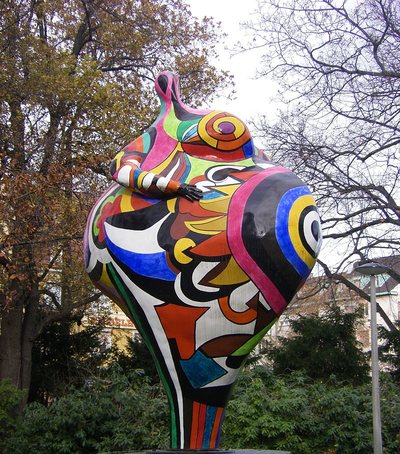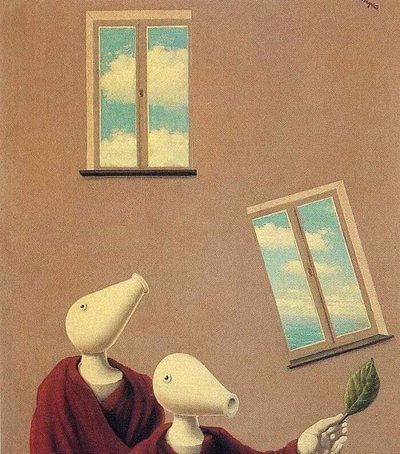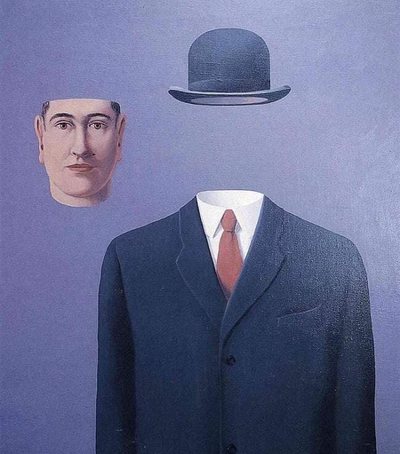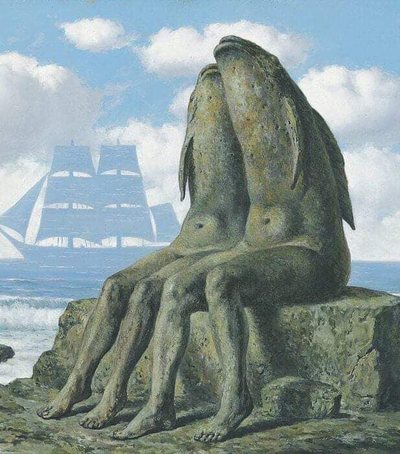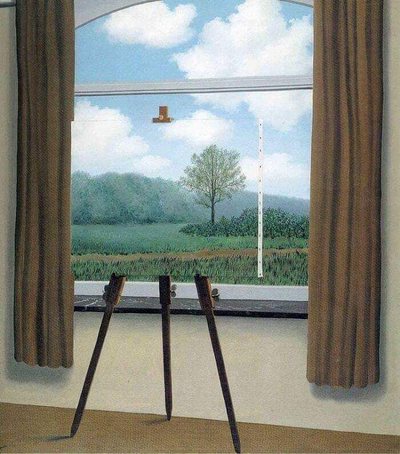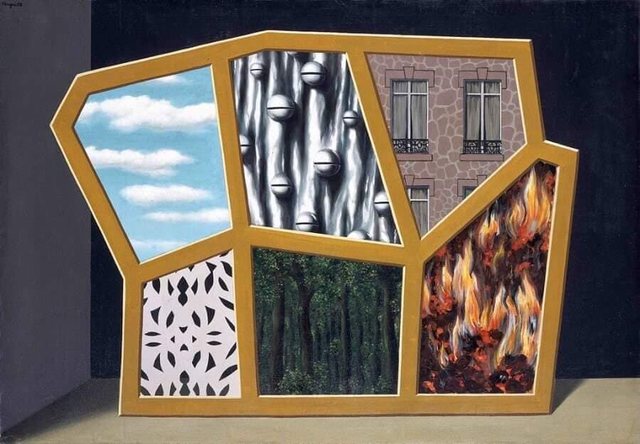
Rene Magritte painted “The Empty Mask” in 1928. In the late 1920s, Magritte experimented with the concept of words and images. Here is the second, which contains images in 5 frames. He was greatly influenced by the World War I works of Giorgio De Chirico. In 1973, this work was acquired by the National Museum of Wales. This style involved composing an image of significant items and naming them with significant titles. This was an attempt to influence the viewer to compare the representations with the words. “The Empty Mask” is presented in a frame with an asymmetrical format. Magritte shows a sky, the bells of a slide as ornaments of an iron curtain, the front of a house, a shape cut out of a piece of paper, a green forest and a blazing fire. In a 1929 essay, Magritte explained that every image contains another image. There is some uncertainty about Magritte's titles. Here, Magritte may be playing with the "frame": these segments cannot represent because they are not presented in regular rectangular frames.

